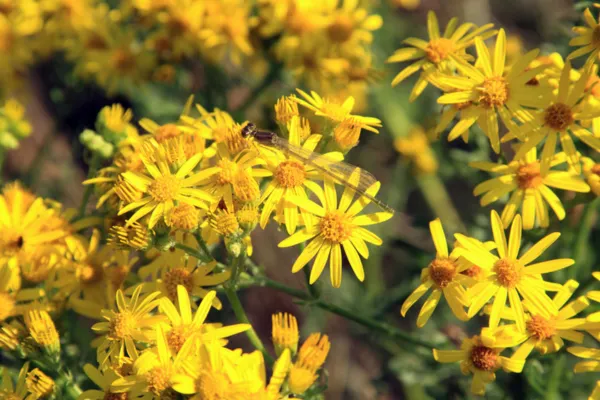
Where to go for weed information
Being able to identify weeds accurately is essential for lifestyle farmers. Weeds can impact your land, livestock, and productivity in many ways. Some so-called weeds are actually beneficial paddock herbs, while others are invasive species that threaten native biodiversity or toxic plants that pose risks to animals and humans. Understanding what you’re looking at allows you to make informed decisions.
Why weed identification is important for lifestyle farmers
There are five main reasons why weed identification should be part of every lifestyle block management plan.
1. Avoid removing beneficial plants
Some plants commonly mistaken for weeds are actually valuable pasture species. For example, plantain and chicory are often viewed as weeds but are nutrient-rich feed for livestock. Recognising these paddock herbs prevents you accidentally killing them off.
2. Manage invasive weeds effectively
New Zealand has strict biosecurity laws for a reason—many invasive weeds can outcompete native plants and pasture species, reducing biodiversity and lowering land productivity. Species such as old man’s beard, pampas grass, and blackberry spread aggressively, smothering native vegetation and making land management difficult. Early identification allows for control before these plants establish and become expensive and time-consuming to remove.
If weeds are not controlled when they first establish, they can spread rapidly and require significantly more effort to eradicate. The old farming saying 'one year seeding, seven years weeding' highlights the importance of dealing with weeds before they set seed.
3. Prevent livestock grazing toxic plants
Many common weeds in New Zealand are highly toxic to animals. Livestock, especially when feed is scarce, may eat plants they would normally avoid.
Ragwort contains alkaloids that cause liver damage in cattle and horses.
Tutu can be fatal to all livestock.
Hemlock and foxglove are dangerously toxic even in small amounts.
Recognising these plants means they can be removed from paddocks, avoiding expensive and heartbreaking losses.
4. Reduce costs
Unchecked weeds can quickly dominate pastures. Some weeds, such as gorse and broom, need ongoing control due as they spread rapidly and take over grazing land. Early identification and appropriate control methods (chemical, mechanical, or biological) will save time and money in the long run.
Additionally, correctly identifying weeds means that you can use the appropriate herbicide or control method. Sometimes it’s easy to choose a broad-spectrum herbicide when a targeted approach would be more effective.
Dealing to weeds doesn’t always mean chemicals - while herbicides may be the easiest method to control weeds, just old-fashioned grubbing out weeds works well too.
5. Comply with regulations
Under the Biosecurity Act of 1993, lifestyle block owners must adhere to regional weed control requirements. Councils have Plant Pest Management Strategies, which outline responsibilities for landowners regarding certain invasive species. Identifying and controlling notifiable weeds, such as nassella tussock or wilding pines, will avoid legal penalties and show responsible land stewardship.
Where to get help with weed identification
Accurate identification is the first step in effective weed management. Here are some reliable sources to help you identify and control weeds on your property.
Books
The New Zealand Plant Protection Society has published the most comprehensive guides:
An Illustrated Guide to Common Weeds of New Zealand - Roy, Popay, Champion, James, and Rahman.
A Guide to the Identification of New Zealand Common Weeds in Colour - E.A. Upritchard.
These books provide colour images and detailed descriptions of common weed species in New Zealand. Copies are available through Manaaki Whenua Press.
Websites
Manaaki Whenua – Landcare Research: Weed Identification Tool – An interactive tool for identifying over 650 weed species.
Massey University: New Zealand Weeds Database – Information on 78 problematic weed species, including pasture weeds.
Weedbusters: Weed List – A practical guide for identifying and controlling weeds in New Zealand.
Department of Conservation (DOC): Weeds and Invasive Species – Covers the impact of weeds on conservation land and how to manage them.
Mobile Applications
Aotearoa Species Classifier – Developed by the University of Waikato, this app uses image recognition to identify New Zealand plants, including weeds.
Local Council Resources
Regional councils provide fact sheets and advice on controlling specific weed species in your area. Many councils have online databases where you can check regulated plant pest species and control recommendations.
Finally
Weed identification is an essential part of responsible land management for lifestyle farmers. Knowing which plants to keep, which to remove, and how to control them effectively means healthier pasture, safer livestock, and better compliance with biosecurity laws.
For more advice on managing your pasture and maintaining productive land, take a look at our Soil & Fertiliser and Pasture Management ebooks.

